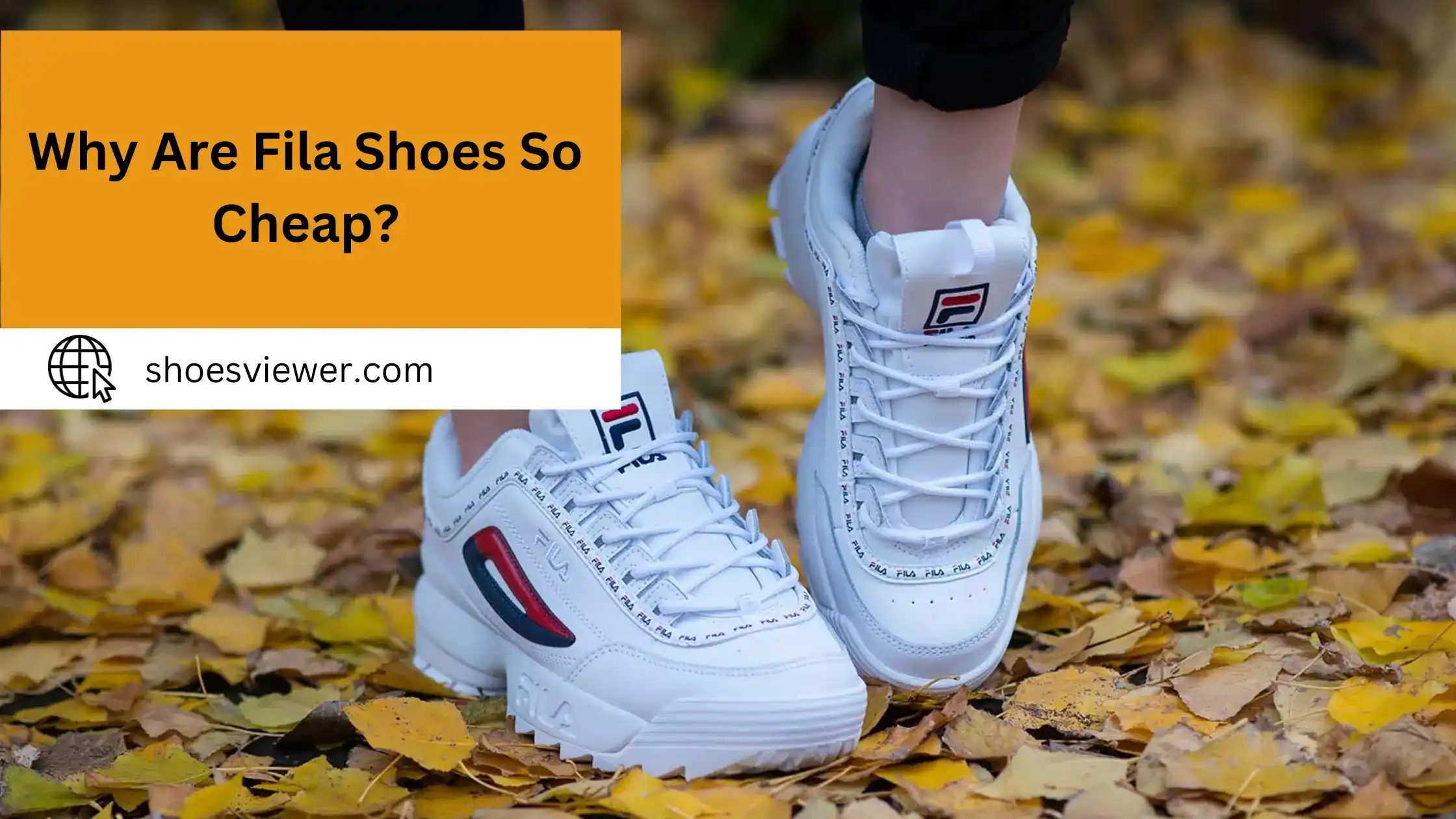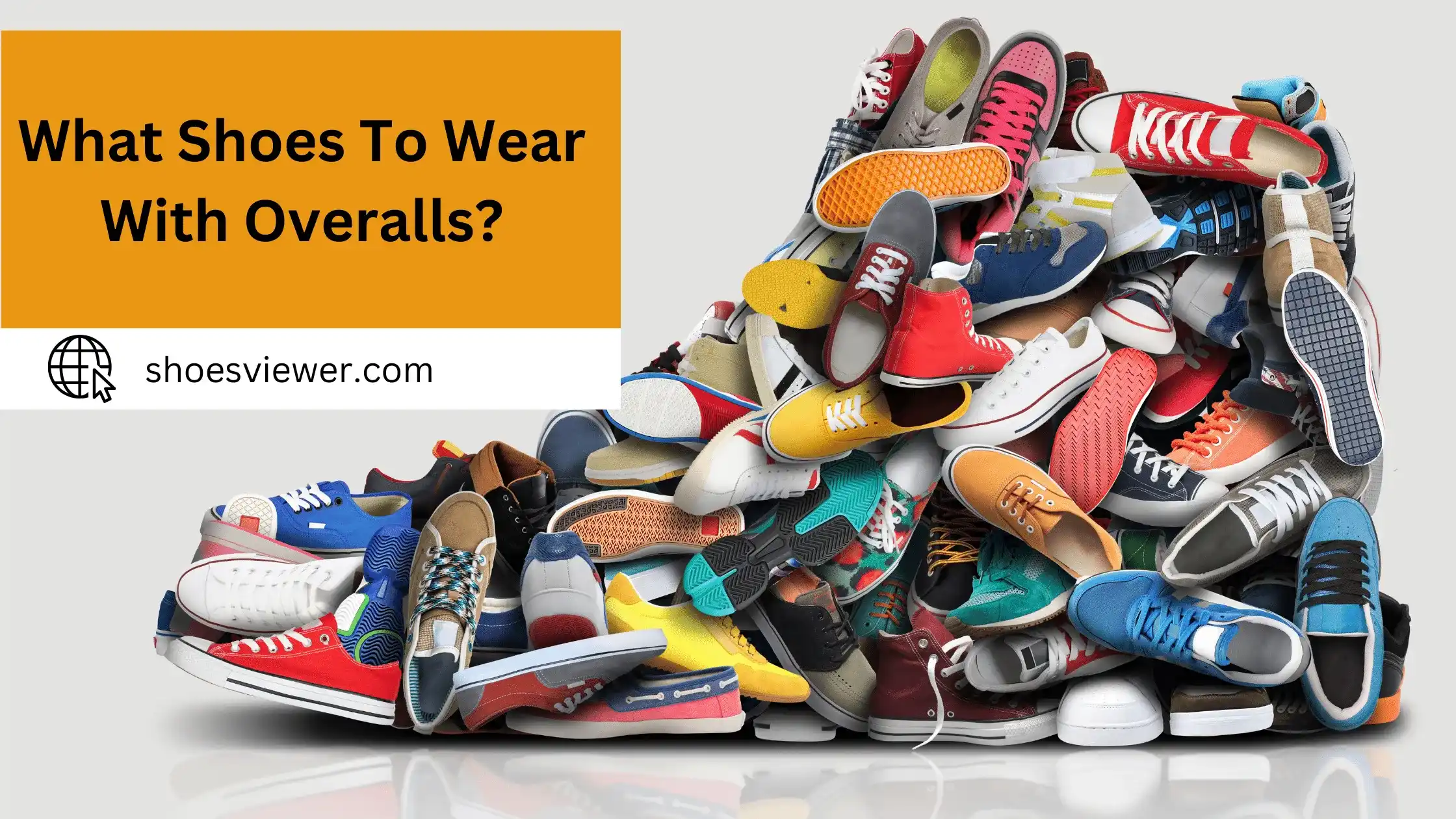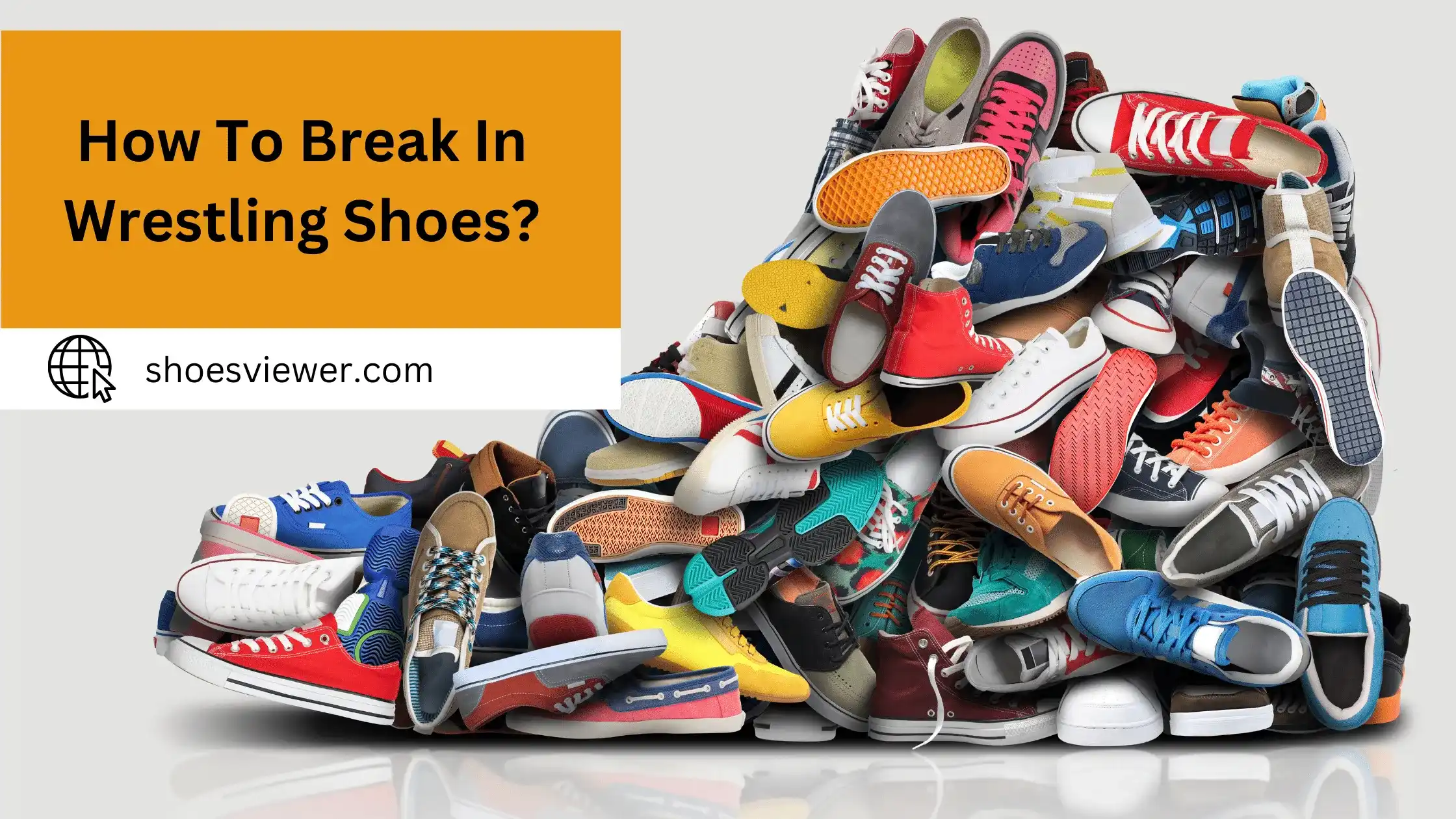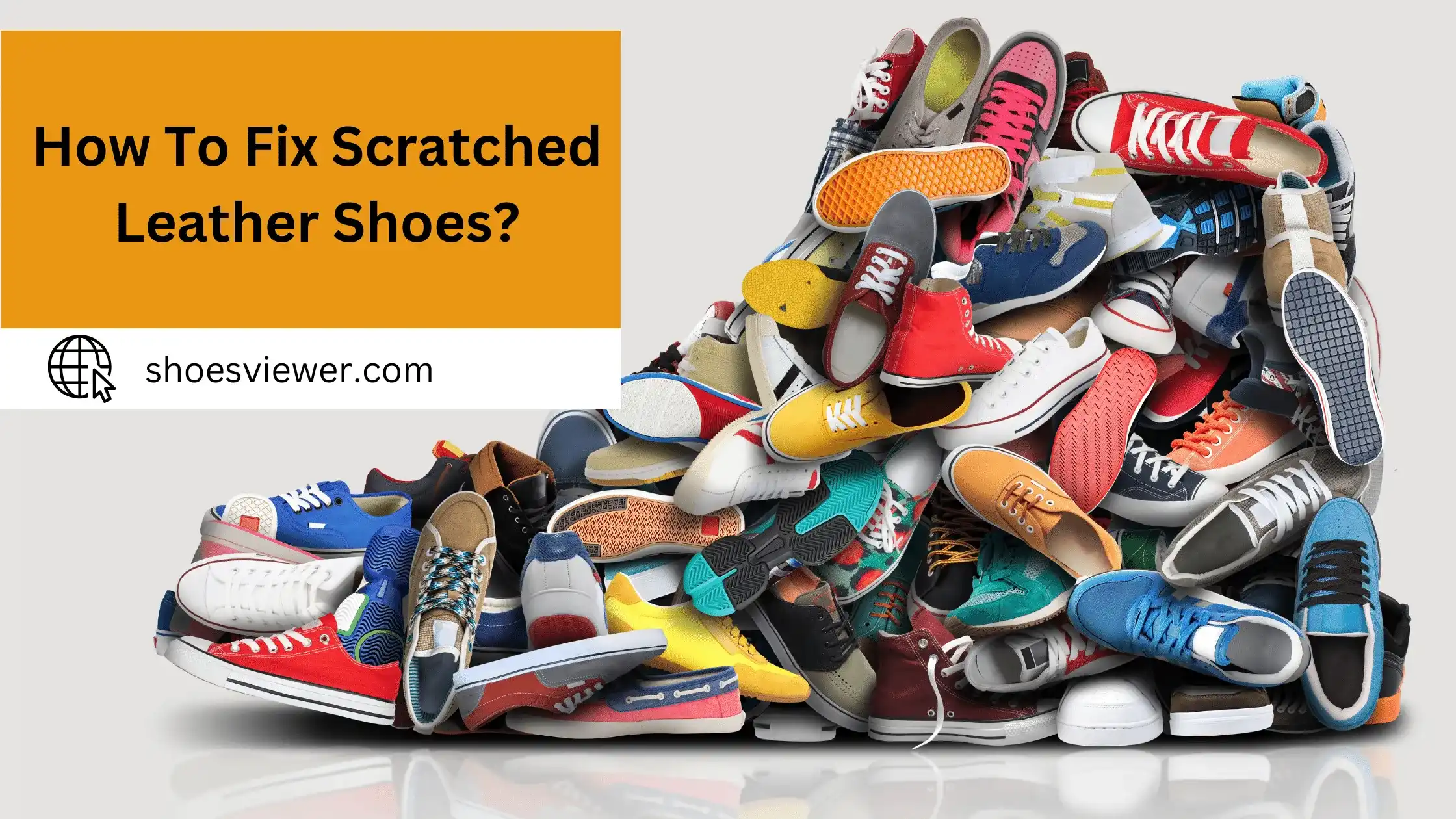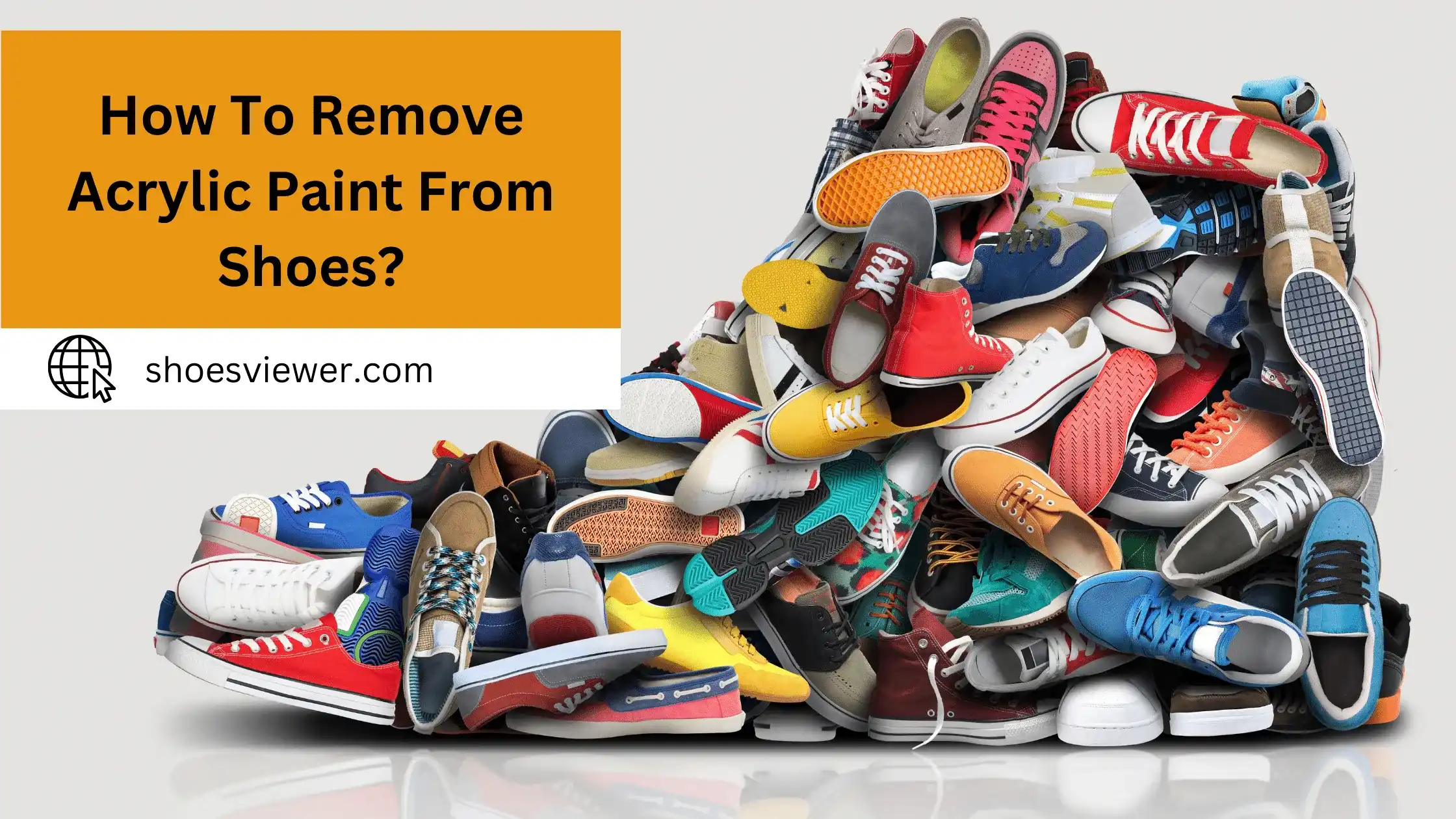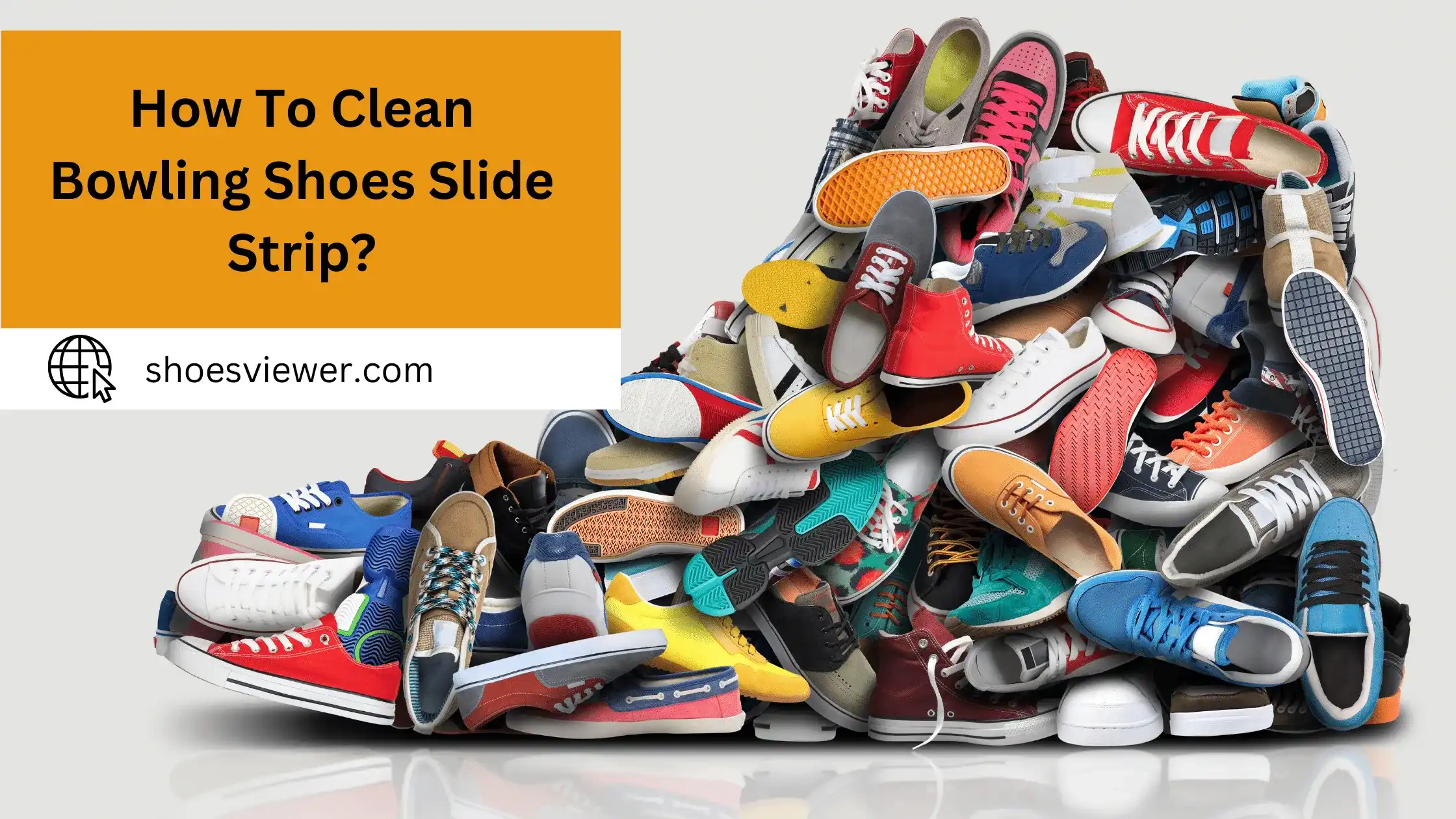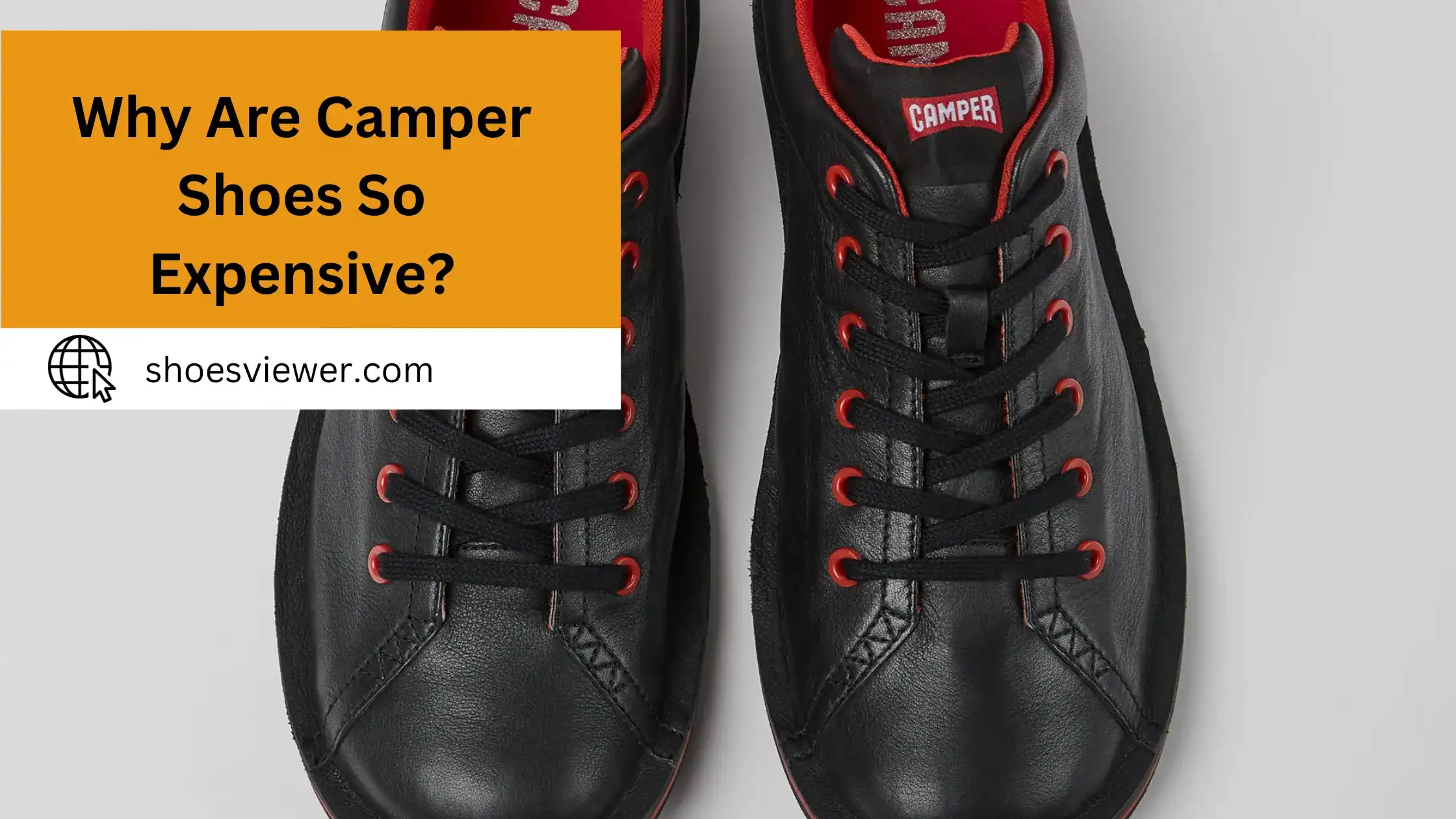Fila is always at the top regarding affordable and reliable footwear. Boasting an impressive variety of shoes for men, women, and children, they also boast a surprisingly low price tag, leaving many wondering why their products are so economical compared to other brands.
Here, we will be profoundly diving into what motivates Fila shoe pricing, from cost-saving materials and methods used during production to how long-term deals with retailers help keep costs down. So, let’s get started!
Fila was founded in 1911 in Italy, and for much of its history, it wasn’t predominantly a sneaker brand but focused more on textiles. It was only in the latter half of the 20th century that Fila began to gain prominence as a sportswear brand, particularly in tennis. Brands like Nike and Adidas, which started with a stronger emphasis on footwear, have had more time to cultivate a brand image centered around their shoes. A brand’s long-standing reputation and the perceived value of its products can influence pricing.
Understanding The Fila Pricing Strategy:
Fila, a well-known sportswear brand, has been in the industry for over a century. Its pricing strategy, like that of many large companies, is multifaceted. One must delve into factors that influence their pricing to understand why Fila shoes might be perceived as more affordable than certain other brands. Here’s a breakdown:
Production Costs:
Manufacturing Locations:
The choice of manufacturing location can significantly affect costs. Countries with lower labor costs can produce products more affordably. Like many companies, Fila has shifted much of its production to countries in Asia, where labor and production costs are comparatively lower than in Western countries.
Materials:
The type and quality of materials used can significantly affect the cost. While Fila produces high-quality shoes, they may use more affordable materials than luxury or premium brands in some of their ranges.
Marketing And Sponsorships:
Brands often integrate advertising costs, sponsorships, and endorsements into product pricing. While Fila does engage in these activities, it might not spend as heavily as some top-tier brands, which often have extensive global advertising campaigns and high-profile athlete endorsements.
Distribution Channels:
Selling primarily through third-party retailers or having a more direct-to-consumer approach can influence pricing. Fila uses a mix, but selling in various stores, including more value-focused retailers, can reach a broader, budget-conscious demographic.
Resurgence And “Retro” Appeal:
Recently, Fila has seen a resurgence, particularly with the “disruptor” sneakers and other retro styles. These models have a nostalgic appeal and are trendy, but they’re also priced accessibly to attract a younger demographic.
Economies Of Scale:
Being a large company, Fila can produce large quantities of products, benefiting from economies of scale and cost savings per unit made.
Fila’s pricing strategy is influenced by its production costs, target market, marketing investments, and brand positioning. While they offer many affordable options, it’s essential to note that they also have premium product lines.
Material Quality: Does Cheap Mean Low Quality?
When discussing the affordability of Fila shoes and their pricing strategy, it’s vital to differentiate between “cheap” in terms of cost and “cheap” in terms of quality. Let’s dissect these aspects:
Perceived vs. Actual Quality:
Just because a product is affordable doesn’t automatically mean it’s inferior quality. While it’s true that high-quality materials can drive up the price of goods, many brands, including Fila, achieve a balance by sourcing reasonably good quality materials at competitive prices.
Production Innovations:
Advances in manufacturing technologies mean that even affordable products can be durable and of acceptable quality. Having been in the industry for decades, Fila benefits from such innovations.
Product Range:
Like many brands, Fila offers a range of products at different price points. They have more affordable lines as well as premium lines. The material quality might vary across these ranges, with the excellent lines typically offering higher-quality materials.
Target Market: Who Buys Fila Shoes?
Broad Demographic:
Fila shoes appeal to a wide demographic. From athletes to everyday consumers looking for casual wear, Fila caters to various needs. The brand’s accessibility in terms of price attracts budget-conscious consumers, but its styles and designs also appeal to the fashion-forward.
Nostalgic Appeal:
With the resurgence of ’90s fashion, many young adults and teenagers are drawn to Fila because of its retro styles, even if they weren’t originally around during the brand’s peak athletic fame.
Global Presence:
Fila’s global distribution means they cater to diverse markets with different economic dynamics, thus requiring a flexible pricing strategy.
Brand Perception And Marketing: The Fila Image
Historical Prestige:
Fila has roots in tennis and other sports, with endorsements from notable athletes over the years. This gives the brand prestige, even if its current marketing strategy is less aggressive than some competitors.
Retro Resurgence:
As mentioned, Fila has tapped into the retro wave, particularly with styles like the Disruptor. This has bolstered the brand’s image among younger consumers who value style and affordability.
Marketing Channels:
Fila does engage in sponsorships and advertising but may not have as high-profile or extensive campaigns as some top-tier athletic brands. This more measured approach can influence both brand perception and product pricing.
Collaborations And Limited Editions:
Fila occasionally collaborates with designers, celebrities, or other brands to release limited edition lines. These collaborations can boost the brand’s image and appeal to niche markets.
